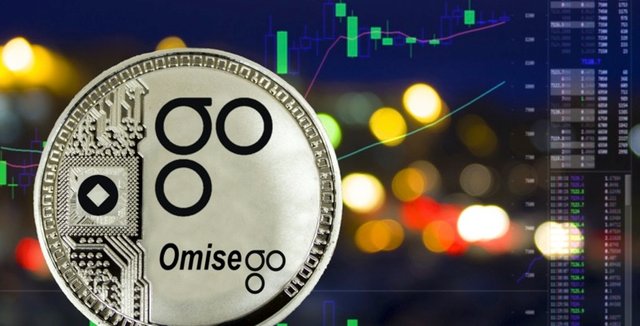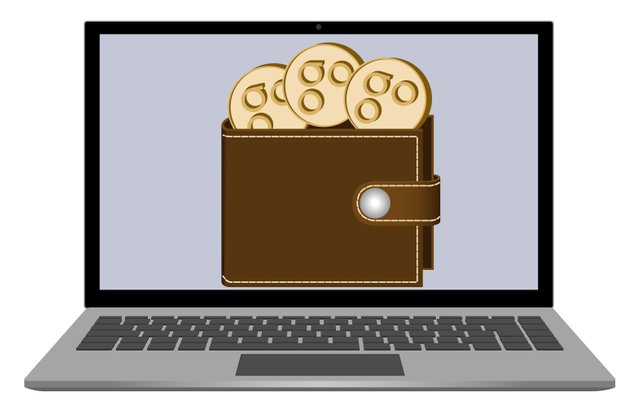
When Bitcoin emerged onto the scene a number of years ago, proponents claimed it was a revolutionary way for the global society to quickly and cheaply transact money or value from anywhere in the world. The decentralized nature of the blockchain meant that people didn’t have to rely on banks or payment processors anymore to send money or receive money and payments.
This is a massive step as most of the world is still left unbanked. There are plenty of people from poor, impoverished or developing nations that go abroad to make enough money to support their families back home. Often these people are stuck with no convenient way to get those assets from their hands back to their families thousands of miles away.
The internet has made this much more accessible, with financial services like PayPal, Alipay, Western Union, etc. But the issue with many of these services is that both parties need to have an account and access to the service to complete a transaction. There is a primary issue with the lack of interoperability across financial solutions that exist today.
OmiseGo (OMG) is a unique solution and platform intended to provide the necessary interoperability between the global solutions and bring the financial capabilities of blockchain technology to everyone. We’re going to discuss how this company has been created by a team that already developed and launched a traditional digital payment platform, and is doing the same in the blockchain world.
What is the interoperability problem?
To fully understand where OmiseGo fits into the picture, it’s important to understand the issue surrounding interoperability among financial services and solutions.
For example, if a Korean worker using Samsung Pay wants to send currency to an overseas vendor who might be using PayPal for payment processing, then they aren’t able to transact under those circumstances.
The same goes for Kenyan farmers who send and receive currency using M-Pesa. If buyers want to purchase local products but don’t have an M-Pesa account on their phone, then it’s not much help to facilitate the transaction. Furthermore, if that Kenyan farmer were looking to remit any income back to family in the Middle East, using M-Pesa wouldn’t be much help there either.
There is a lack of communication and cross-functionality between different applications and platforms facilitating financial transactions. We have these huge global financial payment systems that aren’t able to talk with one another, creating the need for a way to settle transactions across platforms.
Enter Omise
Omise (not to be confused with our blockchain project OmiseGo) was started in 2013 in Thailand as an online and mobile payments platform. Their focus was on serving the rapidly growing and developing parts of the Southeast Asia region. In their efforts, Omise has expanded and brought on hundreds of merchants in the Asia-Pacific region, making them similar in many ways to PayPal, Alipay or M-Pesa.
The Omise team has had early involvement with the Ethereum blockchain from the beginning when Vitalik Buterin conceived the notion of a blockchain to host decentralized applications all in one place on one parent chain. From there they saw the potential to leverage blockchain technology to connect the different payment platforms all under one roof, leading to Omise’s Blockchain Lab being formed in 2015 and the development of OmiseGo.
OmiseGo platform
To achieve this, the OmiseGo platform has several layers.
The first layer is a software development kit (SDK) that allows third parties to create their own digital wallet products on the platform. This is similar to Ethereum’s blockchain enabling third parties to create their own blockchain applications on the platform.
Providing an SDK allows developers to leverage existing code and predefined simple instructions rather than having to start from scratch and program an entire application. This makes life much easier for developers and attracts them to build on top of the platform.
The second layer is a decentralized exchange, which allows for token or cryptocurrency exchange and creation without the need for third-party services. The decentralized cryptocurrency exchange is what brings interoperability into the equation for OmiseGo and payment providers on the platform.
In practical terms, if someone sends $50 to your PayPal account, you’re then able to use that money to spend with other merchants accepting PayPal, or withdraw the assets to your own bank account. However, under the new interoperability with the OmiseGo platform, you could instead use that $50 to pay a friend for buying you lunch, even though he only uses Alipay.
Under traditional terms, if you only had PayPal and your friend only had Alipay, this transaction would be impossible.
How does it work?
The way OmiseGo can provide this type of platform is by allowing the payment providers to settle with one another through their network. And therein lies the chief reason why the exchange needs to be decentralized.
If Omise were building their own network to handle transactions, everyone would need to trust them and their ledger. On top of that, you wouldn’t see any buy-in from other payment providers. Everyone is busy trying to be the all-in-one solution, but there is plenty of room for all players. The OMG network is decentralized and allows all payment providers to interact with one another and co-exist.
It also plays on the network effect, in that the bigger the OMG network gets, the more valuable the platform becomes. If the only payment provider on the platform were PayPal, there would be no value because users could merely use PayPal’s platform for their transactions. However, with every payment provider on the network, OmiseGo would have incredible value because they would be able to settle any transaction on their platform.
Who uses OmiseGo?
Again, Omise was started to serve the growing regions in Southeast Asia. Populations in the region remain mostly unbanked. This means that significant sectors of the population aren’t able to access basic financial services like loans. And it’s usually the lower classes that this applies to, the sector of the population that needs it the most.
On the other hand, a majority of the population has access to mobile technology, connection and phones. With that, they have adopted various payment platforms to circumvent their banking situation. Services such as M-Pesa in Kenya have demonstrated how quickly this type of technology can be adopted on a broad scale.
With roughly 645 million people living in Southeast Asia, close to half at over 300 million are active mobile technology users.
Merchants and wallet providers are also users for the OmiseGo platform. They can use SDKs to easily create solutions to provide for customers, along with using the OmiseGo platform for interoperability with other providers. This allows the provider to potentially increase their global reach dramatically, as users of other payment systems can now transact with users on the merchant’s system, increasing transaction volumes across the board.
OmiseGo team
OmiseGo is another blockchain project with a strong team. Jun Hasegawa leads the team and is also the CEO behind Omise. He created the Blockchain Lab about three years ago and has the vision for OmiseGo. So the project is being led by someone experienced in the mobile payments landscape.
The project also has key members on its advisory board from the Plasma and Ethereum team. Notable members include:
- Joseph Poon - Plasma Co-author, Lightning Network Co-author
- Vitalik Buterin - Ethereum Founder, Plasma Co-author
- Gavin Wood - Ethereum Co-founder
Final thoughts
OmiseGo is another project, similar to AION [link to AION article here], that addresses a core issue of interoperability using the blockchain. In the case of OmiseGo, they are solving a critical problem in the global payment system where the processors have a lack of communication and cross-functionality.
If the platform gets wide adoption from payment processors, who are then able to settle transactions across platforms, there will be a lot of value for users to leverage the platform for handling their transactions with merchants and other third parties.
This article was brought to you by the 100% provably fair MintDice Bitcoin Casino. Originally posted on MintDice.com.

Enjoy this article? Check out our sponsor MintDice and play some free Bitcoin dice on us with the highest paying Bitcoin faucet today!
Downvoting a post can decrease pending rewards and make it less visible. Common reasons:
Submit